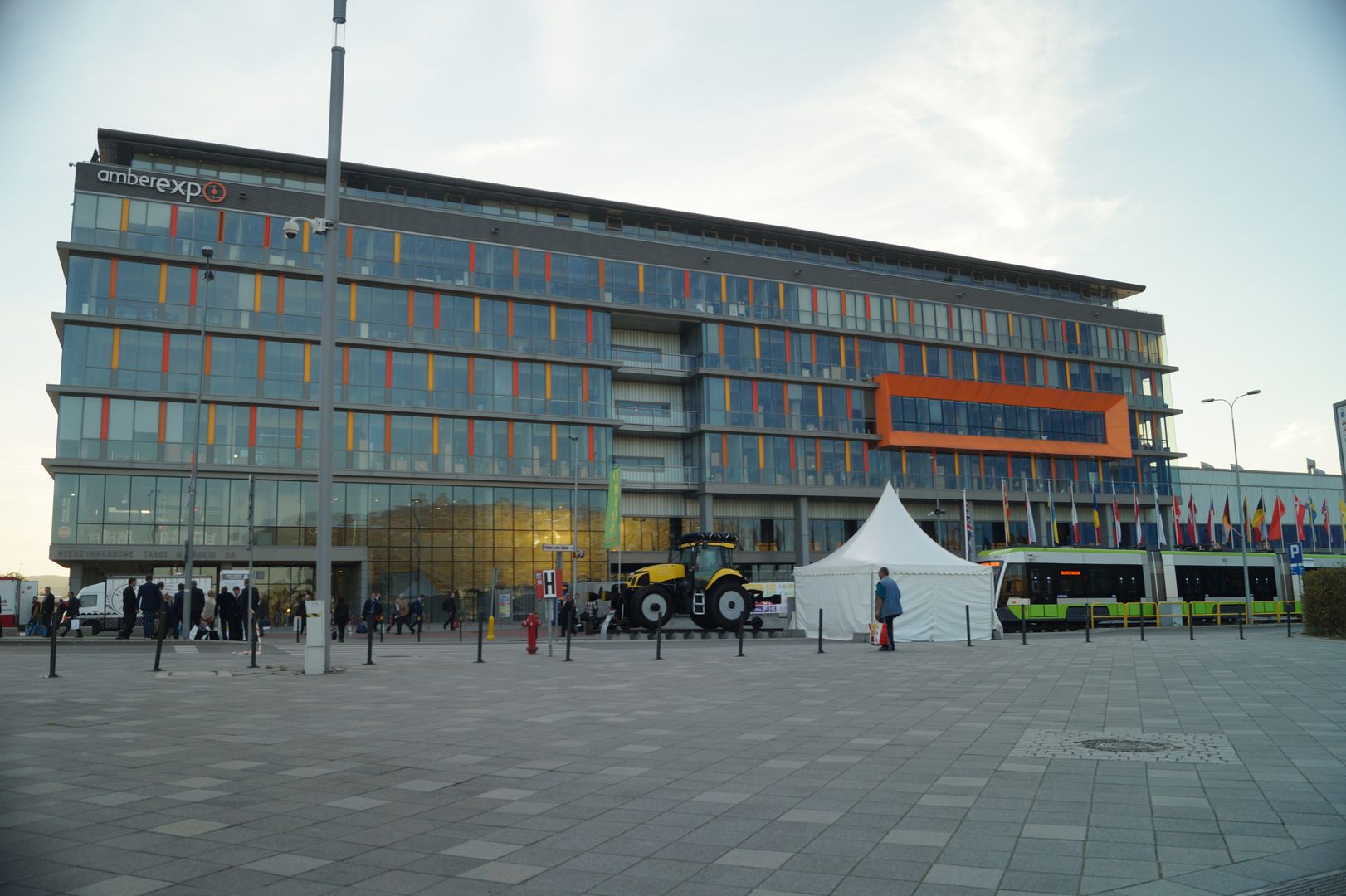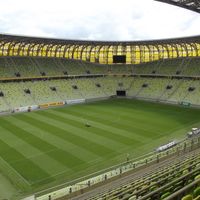Letnica
6.37

Overview
Letnica, also known as Lewen Thal, Lowenthal, or Lauenthal, is a residential and industrial district of Gdańsk, situated along the Martwa Wisła River. It lies within the Kashubian Coastland, with modest elevations reaching up to 3.8 meters above sea level. Historically, it was associated with Lake Zaspa, which held strategic importance for the local economy. The history of Letnica dates back to the 13th century when it belonged to the Oliwa Monastery. In the 18th century, the district began to develop industrially, and significant investments, such as the construction of Wiślana Street and the railway to Nowy Port, contributed to its infrastructural growth. Until World War II, Letnica had a working-class character, with fertilizer factories and the "Maria" steelworks, whose street names reflected its industrial heritage. After the war, the area suffered from degradation, and Lake Zaspa was turned into a waste dump. Since 2010, revitalization efforts have been underway to improve the architectural infrastructure, with many buildings lacking basic amenities, indicative of the low living standards of its residents. Transportation in Letnica is served by National Road 91 and the railway, with the Gdańsk Stadion Expo stop. The district is home to facilities such as the Gdańsk Heat and Power Plant, AmberExpo, and the historic Dwór Młyniska manor. Letnica also has a District Council with active community participation, fostering integration and cultural development. Today, the district is becoming a place with a fascinating history and development prospects, blending elements of modern architecture with its industrial legacy.
Location
You can also find here:
2025 Wizytor | All Rights Reserved
